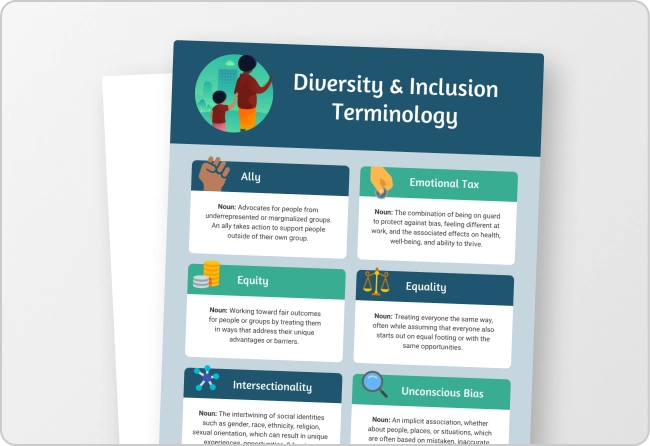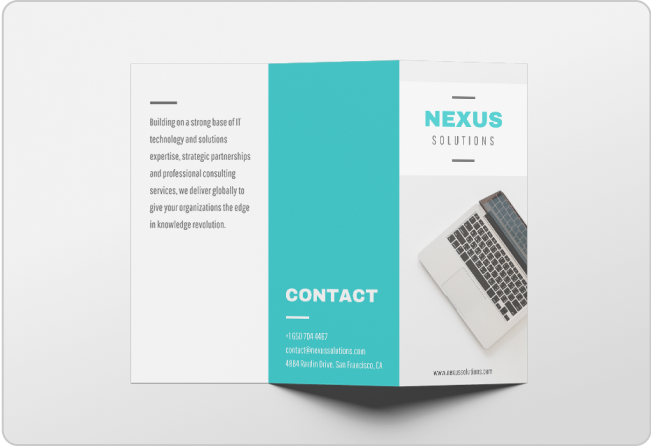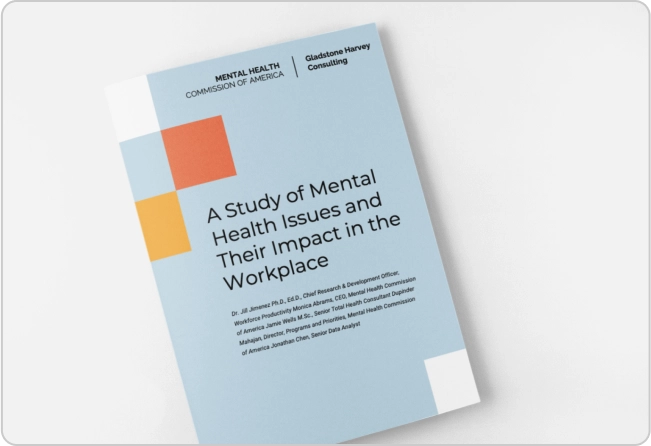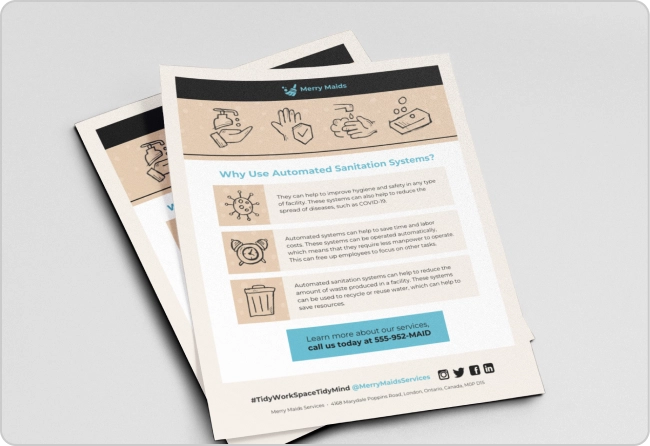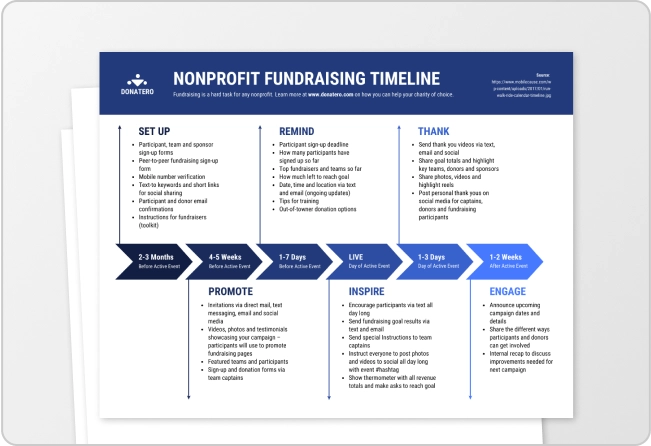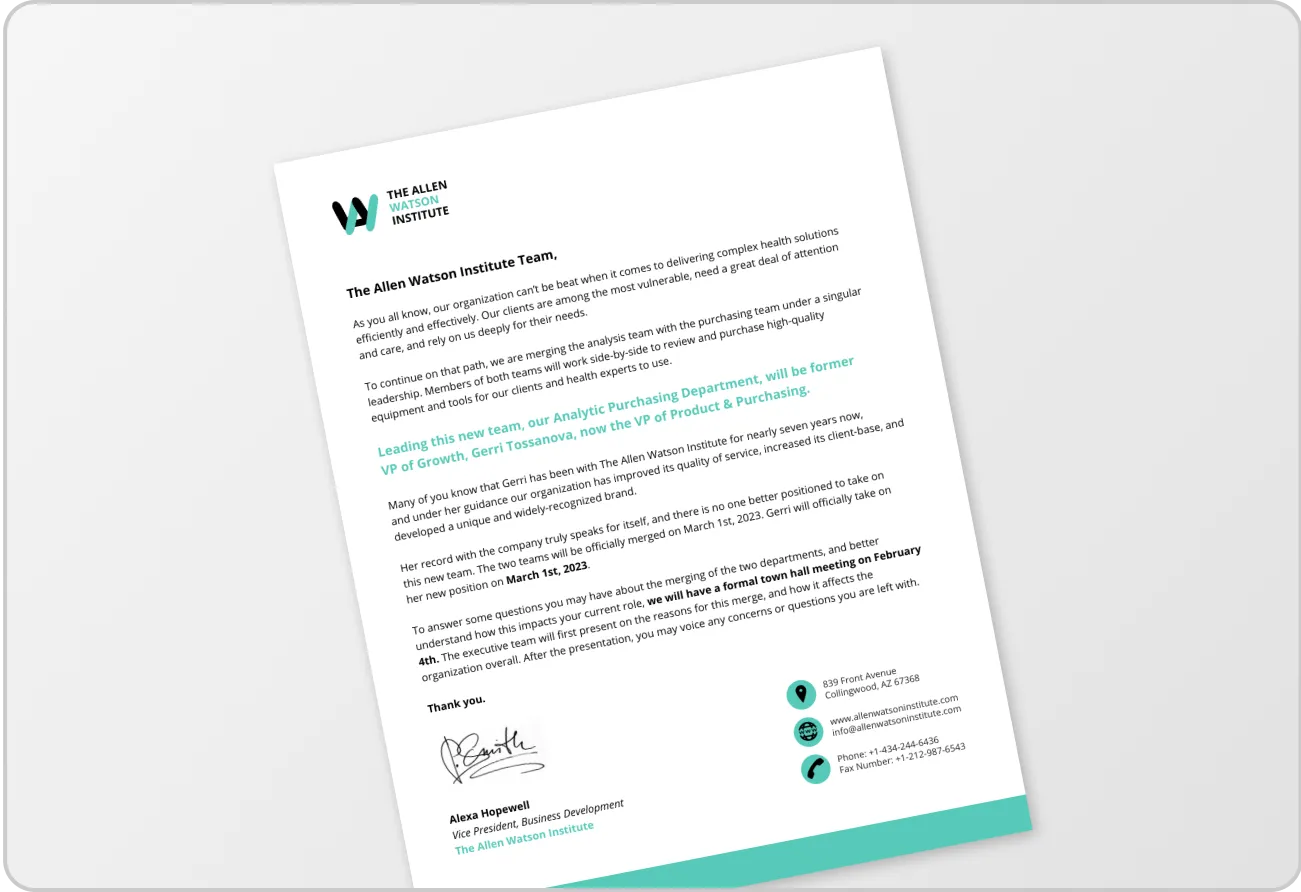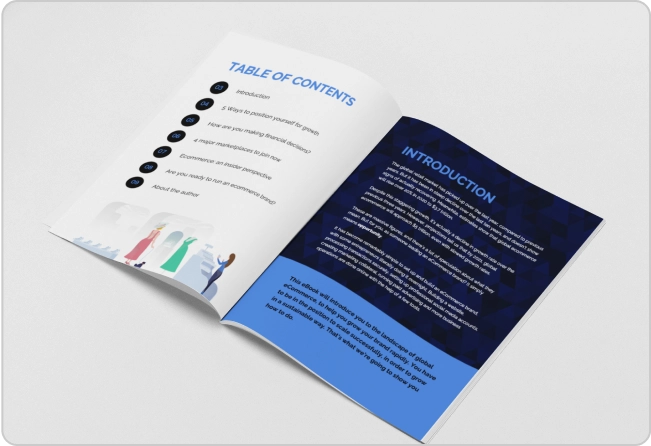
Back when I was job hunting, I remember how overwhelming it felt trying to make my resume stand out. I kept tweaking fonts, layouts and wording until I realized simple was the way to go.
Creating a clean and simple resume can actually get you more responses than anything flashy ever did. That’s why I’ve put together this collection of simple resume templates. They’re designed to help you highlight what matters without overcomplicating things. If you’re feeling stuck like I was, these might just give you the edge you need to get noticed.
15+ Simple yet impactful resume examples that stand out
Designing a resume that speaks the language of a specific industry can significantly enhance your chances of standing out. In fact, recruiters only spend an average of just 6-8 seconds scanning a resume.
Let’s explore resume templates tailored to different industries, each with simple design touches that match the style and feel of that field:
- Simple resumes for freshers
- Simple resumes for software engineers
- Simple resumes for high school students
- Simple resumes for teachers
- Simple resumes for customer service
- Simple resumes for marketers
- Simple resumes for professionals
Simple resumes for freshers
If you’re a college student creating your first job resume, a clean and modern college resume template that spotlights your educational achievements, relevant coursework, internships and any volunteer experiences is crucial.
Opt for a CV design that exudes professionalism and enthusiasm, utilizing subtle colors and an easily readable resume font. Customize these free, basic resume templates to get started:


Simple resumes for software engineers
In tech, your resume should highlight coding skills, tools, and standout projects. Choose a modern, minimal design tech resume template with subtle programming icons or graphics. A clean, monochrome color scheme keeps the focus on your expertise while adding a polished touch.



Simple resumes for high school students
When I was building my first resume in high school, I had no idea where to start. What helped was treating it like a career guide — a simple way to highlight what I was proud of: school projects, part-time jobs, and a few small wins, like local awards for high school students.
The key? Start with a clean high school resume template. Use bullet points, add a bit of color or a fun icon to show your personality, and keep it easy to read.
Here’s a simple one to get you started:


Simple resumes for teachers
In education, focus on teaching credentials, classroom experience and innovative methods. Choose a professional, well-organized teacher resume template with subtle design touches like soft colors or clean borders to convey structure and expertise.



Simple resumes for customer service
For those focusing on customer service roles, spotlighting your communication skills, conflict resolution abilities, and past customer service experiences can help ace your interview.

Opt for a template that resonates with a customer-centric approach, projecting your commitment to exceptional service. Consider integrating design elements that suggest interaction, such as speech bubbles or icons.
No idea where to start? I’ve got you covered with these basic resumes that are simple yet impactful:


Simple resumes for marketers
When I revamped my resume, I knew it had to show more than just creativity — it had to prove results. I chose a bold, clean layout that let my best campaigns and wins stand out.
What helped the most was adding real numbers, like engagement rates and traffic boosts. A simple bar chart made those results easy to see at a glance, and way more compelling than just listing tasks.

To enhance the design, consider incorporating subtle graphical elements like icons or arrows, indicating strategies or progress. Select a color palette that aligns with your brand aesthetics while ensuring readability, creating a harmonious balance between flair and professionalism.
Venngage makes designing your resume a breeze with our user-friendly drag-and-drop interface and gallery of data visualization tools. Pick from a diverse range of charts, graphs and icons to ensure that the design remains clear, simple and consistent with your resume’s overall aesthetic.


Simple resumes for professionals
For professionals, go with a polished corporate resume that highlights your skills, certifications, and leadership experience. Use a clean layout with consistent spacing, fonts and subtle section dividers for a sleek, readable look.
Check out these basic resume examples for inspiration:


Regardless of your industry, always remember that the design of your resume should align with the nature of the role and your personal style. The goal is to present your qualifications and experiences in a visually appealing and easy-to-digest manner, ensuring that your resume stands out while maintaining a clean and simple aesthetic.
What is a simple resume?
A simple resume is a streamlined and concise document that presents your qualifications, work experience, education and skills in a clear and straightforward manner. It’s designed to quickly provide hiring managers with a snapshot of your professional background and suitability for a job.
When designing a simple resume, avoid excessive embellishments, intricate designs or lengthy descriptions, focusing instead on presenting key information in an easy-to-read format.
A simple resume is particularly effective when applying for roles that prioritize clear communication and straightforward qualifications. It allows recruiters to quickly assess whether your experience aligns with the job requirements and decide if you’re a suitable candidate for further consideration.
What should you include in a simple resume?
In a world where attention spans are short and first impressions are crucial, the art of creating a simple yet impactful resume has never been more important. So, what should you include in this succinct document that can leave a lasting impression? Let’s break down the essentials:
Contact information
Your resume’s header should prominently feature your contact information, allowing employers to reach out easily. Include your full name, a professional email address, a phone number and optionally, your physical address.
Professional experience
Detail your work history in reverse chronological order, starting with your most recent job. Each entry should include your job titles, the company’s name and the dates of your employment (including the month and year).
In concise bullet points, outline your key responsibilities and notable achievements. Quantify your accomplishments whenever possible to showcase the impact you made in each role.

Education
Provide comprehensive information about your educational background. Include the degrees you’ve earned (e.g., Bachelor of Science), your major and minor (if applicable), the institution’s name and your graduation date or anticipated graduation date.
If you received any honors, awards or completed relevant coursework, consider including these details to showcase your academic achievements.
Skills
Highlight your pertinent job skills in a dedicated section. This might encompass technical proficiencies, language abilities, software expertise and any relevant certifications you hold. Tailor your skills to match the requirements of the job you’re applying for with a simple functional resume.

Achievements or awards (optional)
If you have notable accomplishments or have been recognized for your contributions, you can showcase them in this section. Highlighting achievements underscores your commitment and capabilities to potential employers.
Projects (optional)
If the role you’re applying for aligns with specific projects you’ve worked on, consider including a section outlining these projects. Describe your role, responsibilities and outcomes, illustrating how these experiences are relevant to the position.
Professional references (optional)
While you don’t need to provide contact details for references on your resume, you can mention that references are available upon request. This signals your willingness to provide additional information if requested.
Crafting your simple resume with these sections in mind ensures that you present a comprehensive and relevant overview of your qualifications to potential employers. Each section serves a purpose in showcasing your skills, experiences and achievements in a concise and impactful manner.

9 Formatting tips for creating a simple resume
When creating a simple resume, the basic resume format plays a crucial role in presenting your information clearly and professionally. Here are nine formatting tips to help you craft an effective and visually appealing resume:
1. Use a clean and professional font
Opt for fonts like Arial, Calibri, or Times New Roman. These resume fonts are widely recognized, easy to read and convey a professional tone.
2. Stick to a consistent formatting style
Maintain consistency in your formatting style throughout your resume. This includes headings, subheadings, font sizes, and text alignment.
3. Use bullet points for scannability
Use bullet points to list your responsibilities, achievements and skills. Bullet points break up text, making it more scannable and allowing recruiters to quickly identify key information.

4. Avoid excessive use of bold or italics
While it’s acceptable to use bold or italics to emphasize certain points, avoid overusing these formatting options. Too much emphasis can create visual clutter and detract from the content.
5. Keep the resume to one page if possible
Aim to condense your content to fit on a single page. However, if you have extensive experience that’s relevant to the job, it’s acceptable to extend to a second page.
6. Utilize white space
Incorporate ample white space around your text and between different sections. White space enhances the overall visual appeal and makes your resume easier to navigate.

7. Include hyperlinks (if applicable):
If you’re submitting a digital resume or sharing it online, consider including hyperlinks to your professional social media profiles, personal website or portfolio. Ensure that the links are relevant to your job application.
8. Save as a PDF
Save your resume as a PDF file — this ensures that your formatting remains consistent regardless of the device or software used to open it.
9. Tailor your resume
Customize your resume for each job application by highlighting the most relevant skills and experiences. Tailoring your resume demonstrates your suitability for the specific position.
Remember, a well-formatted resume enhances readability and leaves a positive impression on recruiters and hiring managers. Lucky for you, Venngage makes customizing your resume design a five-finger exercise. All you have to do is to pick your desired template, customize it and you’re ready to start applying for your dream job.

8 common mistakes to avoid in a simple resume
Creating a simple yet impactful resume requires careful attention to detail. Steering clear of common pitfalls can make a significant difference in how your qualifications are perceived by potential employers. Here are some mistakes to avoid:
1. Overloading with information
While aiming for simplicity, resist the urge to cram excessive information onto your resume. Stick to the most relevant and recent details to ensure that your resume remains easily readable.
2. Omitting key keywords
Many companies use Applicant Tracking Systems (ATS) to screen resumes. Incorporate relevant keywords from the job description to increase the chances of your resume passing through the initial screening. However, ensure that the incorporation feels natural and not forced.
3. Neglecting customization
Avoid the temptation of using a generic resume for all applications. Tailor your resume to each job by highlighting the skills and experiences most relevant to the specific role.
4. Lack of quantifiable achievements
Elevate your accomplishments by including quantifiable results. Numbers and metrics provide tangible evidence of your contributions, making your resume more compelling.
5. Using unprofessional email addresses
Use a professional email address for contact purposes. Avoid using email addresses that are too informal or might give the wrong impression to potential employers.
For example, you can create a visually engaging infographic using icons or symbols. Each icon can represent an achievement, and you can vary the size or color to represent the magnitude of the accomplishment.
Don’t worry about having to search the web for royalty-free icons to add in your resume — Venngage allows you to look like a designer without being one with polished illustrations and multi-purpose free icons to elevate your business designs. Browse our gallery of customizable infographic resume templates that can effectively demonstrate how your skills and experiences intersect.

6. Spelling and grammar errors
Proofread your resume meticulously to catch any spelling, grammar, or punctuation mistakes. These errors can undermine your professionalism and attention to detail.
7. Inconsistent formatting
Consistency in formatting is crucial. Maintain uniform fonts, bullet styles, alignments, and overall layout throughout your resume to ensure a polished and cohesive look.
8. Personal pronouns
Keep your resume concise and objective by avoiding the use of personal pronouns such as “I,” “me,” or “my.” Instead, use a direct and impersonal tone to convey your qualifications.
Steering clear of these mistakes can help your simple resume effectively showcase your qualifications, professionalism, and attention to detail. By presenting your information thoughtfully and professionally, you increase your chances of making a positive impression on potential employers.

Simple resume FAQs
Are there industries where a simple resume is more appropriate?
Yes, industries that value clarity and quick information absorption, like tech and healthcare, often find simple resumes more suitable.
Can I customize a simple resume for different jobs?
Absolutely, customizing a simple resume by highlighting relevant skills and experiences for each job increases your chances of being noticed. You can always use resume builders or pre-made templates to customize your resume with ease.
Is it possible to add a personal touch to a simple resume?
You can add a personal touch through the content you choose to emphasize and the way you present your achievements in a simple resume. Additionally, consider including a concise ‘Profile’ or ‘Summary’ section that succinctly reflects your career aspirations, values, and how you align with potential career opportunities, injecting a touch of personality into your professional presentation.
How do I tailor a simple resume for a specific job?
To tailor a simple resume, focus on skills and experiences directly relevant to the job, adjusting keywords and highlighting accomplishments aligned with the role. Incorporate relevant volunteer work, passion projects or unique accomplishments that demonstrate your character and dedication.
Can I customize a simple resume example to match my skills?
Yes, you can customize a simple resume example to showcase your skills and experiences effectively, ensuring it aligns with the job you’re targeting.
To customize a simple resume example to align with your skills, tailor your bullet points to showcase how your skills were applied to solve specific challenges or achieve results in previous roles.
How do I make my simple resume stand out?
Make your simple resume stand out by showcasing quantifiable achievements, using keywords from the job description and maintaining a clean, organized format.
Are simple resumes suitable for all industries?
Simple resumes are generally suitable for most industries, but certain creative or highly specialized fields might prefer more elaborate formats.
What’s the difference between a simple resume v.s a traditional resume
A simple resume prioritizes clarity, key achievements and relevant skills, while a traditional resume might include more detailed job descriptions and potentially a career objective or summary.
What is the best simple resume format?
The best simple resume format is typically the chronological or combination (hybrid) format. The chronological resume lists work experience in reverse order, while the combination format combines skills and experience. Choose the format that effectively presents your qualifications and aligns with your career goals.
Should I include a cover letter with a simple resume?
While not mandatory, including a tailored cover letter with a simple resume can provide additional context and showcase your enthusiasm for the position.
Now that you have your resume ready, what about going the extra mile to put your best face forward with impressive cover letters? Design one in just minutes with Venngage’s cover letter maker today!





























